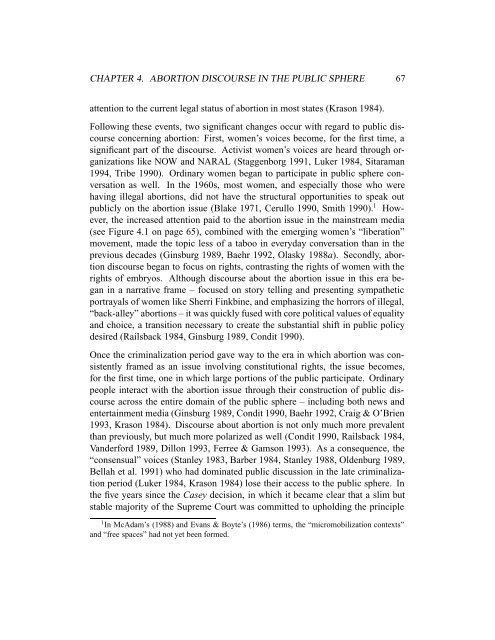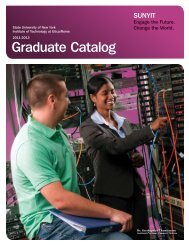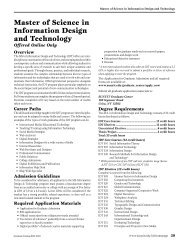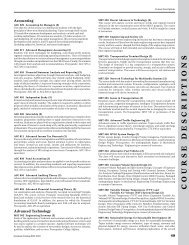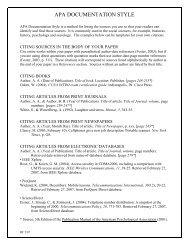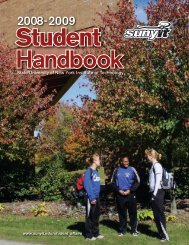Expanding the Public Sphere through Computer ... - ResearchGate
Expanding the Public Sphere through Computer ... - ResearchGate
Expanding the Public Sphere through Computer ... - ResearchGate
You also want an ePaper? Increase the reach of your titles
YUMPU automatically turns print PDFs into web optimized ePapers that Google loves.
CHAPTER 4. ABORTION DISCOURSE IN THE PUBLIC SPHERE 67<br />
attention to <strong>the</strong> current legal status of abortion in most states (Krason 1984).<br />
Following <strong>the</strong>se events, two significant changes occur with regard to public discourse<br />
concerning abortion: First, women’s voices become, for <strong>the</strong> first time, a<br />
significant part of <strong>the</strong> discourse. Activist women’s voices are heard <strong>through</strong> organizations<br />
like NOW and NARAL (Staggenborg 1991, Luker 1984, Sitaraman<br />
1994, Tribe 1990). Ordinary women began to participate in public sphere conversation<br />
as well. In <strong>the</strong> 1960s, most women, and especially those who were<br />
having illegal abortions, did not have <strong>the</strong> structural opportunities to speak out<br />
publicly on <strong>the</strong> abortion issue (Blake 1971, Cerullo 1990, Smith 1990). 1 However,<br />
<strong>the</strong> increased attention paid to <strong>the</strong> abortion issue in <strong>the</strong> mainstream media<br />
(see Figure 4.1 on page 65), combined with <strong>the</strong> emerging women’s “liberation”<br />
movement, made <strong>the</strong> topic less of a taboo in everyday conversation than in <strong>the</strong><br />
previous decades (Ginsburg 1989, Baehr 1992, Olasky 1988a). Secondly, abortion<br />
discourse began to focus on rights, contrasting <strong>the</strong> rights of women with <strong>the</strong><br />
rights of embryos. Although discourse about <strong>the</strong> abortion issue in this era began<br />
in a narrative frame – focused on story telling and presenting sympa<strong>the</strong>tic<br />
portrayals of women like Sherri Finkbine, and emphasizing <strong>the</strong> horrors of illegal,<br />
“back-alley” abortions – it was quickly fused with core political values of equality<br />
and choice, a transition necessary to create <strong>the</strong> substantial shift in public policy<br />
desired (Railsback 1984, Ginsburg 1989, Condit 1990).<br />
Once <strong>the</strong> criminalization period gave way to <strong>the</strong> era in which abortion was consistently<br />
framed as an issue involving constitutional rights, <strong>the</strong> issue becomes,<br />
for <strong>the</strong> first time, one in which large portions of <strong>the</strong> public participate. Ordinary<br />
people interact with <strong>the</strong> abortion issue <strong>through</strong> <strong>the</strong>ir construction of public discourse<br />
across <strong>the</strong> entire domain of <strong>the</strong> public sphere – including both news and<br />
entertainment media (Ginsburg 1989, Condit 1990, Baehr 1992, Craig & O’Brien<br />
1993, Krason 1984). Discourse about abortion is not only much more prevalent<br />
than previously, but much more polarized as well (Condit 1990, Railsback 1984,<br />
Vanderford 1989, Dillon 1993, Ferree & Gamson 1993). As a consequence, <strong>the</strong><br />
“consensual” voices (Stanley 1983, Barber 1984, Stanley 1988, Oldenburg 1989,<br />
Bellah et al. 1991) who had dominated public discussion in <strong>the</strong> late criminalization<br />
period (Luker 1984, Krason 1984) lose <strong>the</strong>ir access to <strong>the</strong> public sphere. In<br />
<strong>the</strong> five years since <strong>the</strong> Casey decision, in which it became clear that a slim but<br />
stable majority of <strong>the</strong> Supreme Court was committed to upholding <strong>the</strong> principle<br />
1 In McAdam’s (1988) and Evans & Boyte’s (1986) terms, <strong>the</strong> “micromobilization contexts”<br />
and “free spaces” had not yet been formed.


